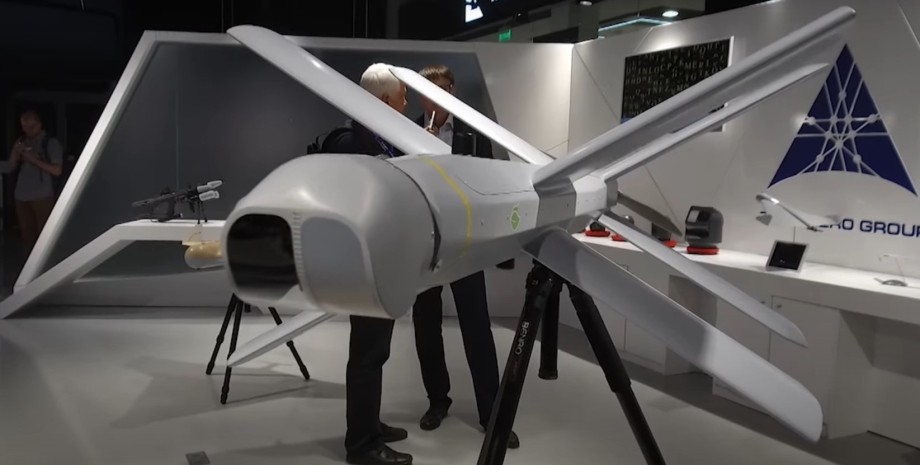
 By Eliza Popova
By Eliza Popova
Focus introduces you to the main aspects of radio electronic struggle against the drones of the Russian Army. This shitting ammunition never arrives. Prior to its appearance in the sky, the invaders' drones, who find the goals for "lancet" and give it coordinates. Increasingly, its partners are modern quiet electric drones of Zala and SuperCam.
Although Lancet's drone helped "Orlan", this high -profile drone with bad optics became a slight target for our air defense and the Russians practically wrote out "eagles" from the front. According to Ukrainian Serg Marco and Paolo Lumiere, by noticing the reconnaissance drones in the sky, the Armed Forces have 5-7 minutes (sometimes more) to change the position and use the HND system. Otherwise, you can wait for the arrival of "Lancet".
Ideally, of course, you should immediately knock down the "heralds" Lancet. by changing the dislocation and the use of "trenches". Experts surveyed by Air Force journalists say that there are problems in the Armed Forces. Modern MANA MSRCs work on a contact principle with a goal and do not explode next to it. By the way, a similar situation with Rer. Not all areas of the front are modern Western samples that can "see" "lancet" 5 km from the position.
However, however, however The Armed Forces have volunteers who are able to make Rer from spare parts purchased to the radio market and they work no worse than the western ones. For example, Sergei Flash (Ukrainian Military Communicator) on his channel recently described how with the help of antennas and spectrum analyzers, which are sold on the spectrum Conventional radio markets, you can assemble a detector that will detect "lanceotes".
The so -called Okoptians of the HPs may be useful for covering the drones "Lancet". Most often, these are homemade devices (although there are factory samples) used directly on the front line. These relatively small antennas, with proper installation, are able to cover the space around the position and create obstacles at certain frequencies, which will make it impossible to target the drone.
Our military people say that Lancet UAV uses the same frequencies to communicate with the operator as Chinese Mavic. But it is necessary to do this in advance and timely, because if the lancet drone has time to capture the target, then even when the connection is lost, it will automatically attack it. Therefore, if possible, it is necessary to keep such a mini-ribs constantly activated.
Of course, to confront the enemy drone, it is best to combine all the air defense tools together, military experts say. Moreover, the Russians produce tactics for the use of several drones-Kamikadze. It is necessary to be prepared not only for "lancets", because the occupiers have more and more drones capable of working at other frequencies and "see" targets at a distance of 5-7 km. Ideally, a comprehensive approach consists of Rer, HR, MAGs, cover groups, false goals and masking should work.










All rights reserved IN-Ukraine.info - 2022